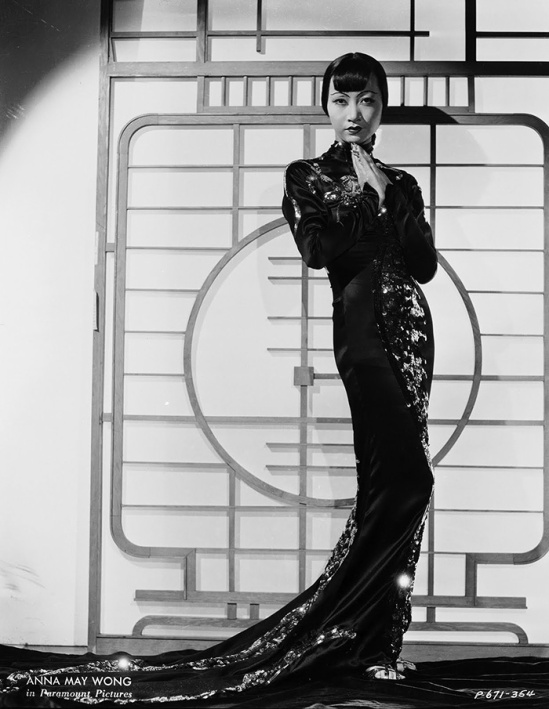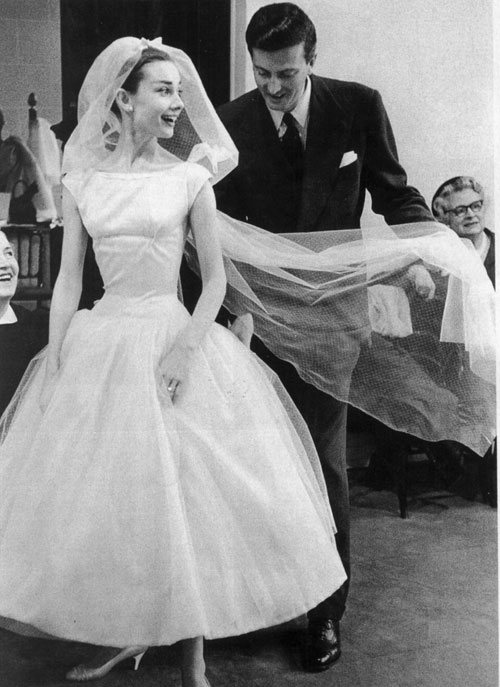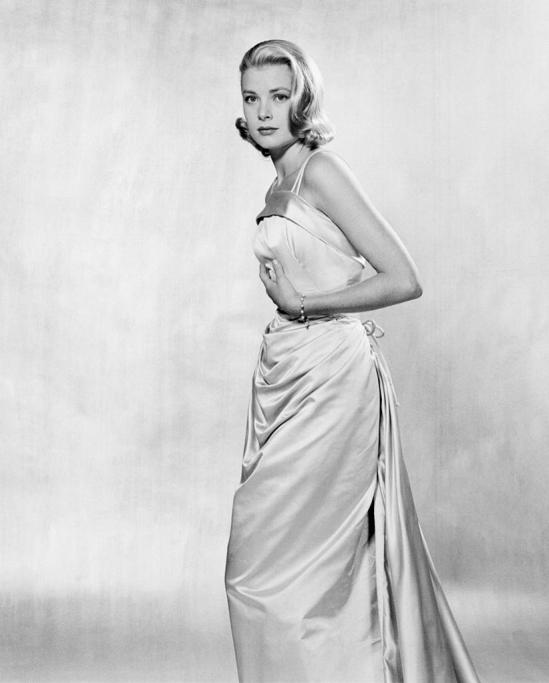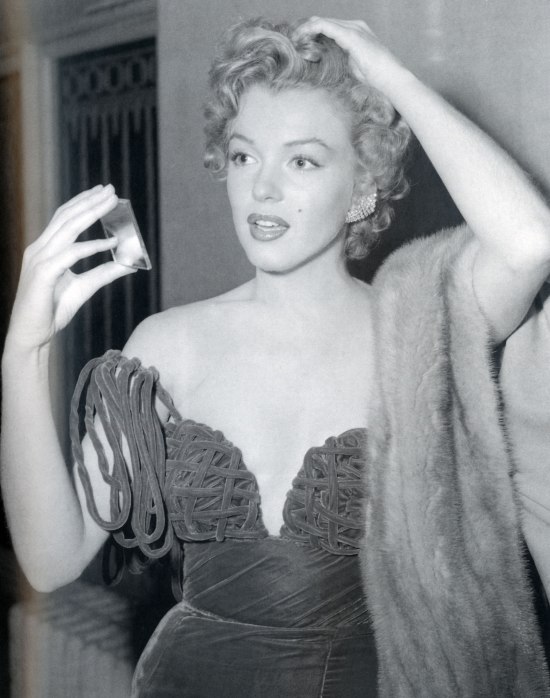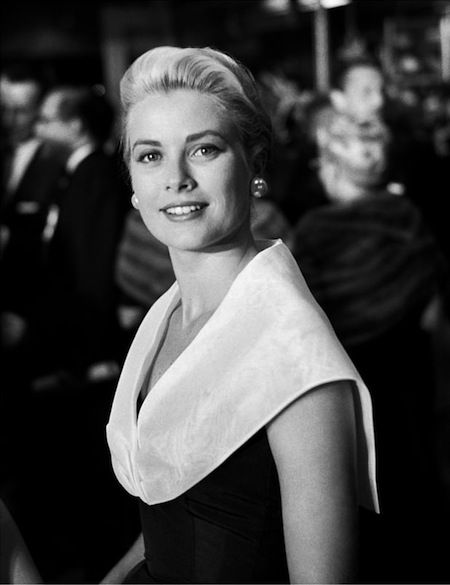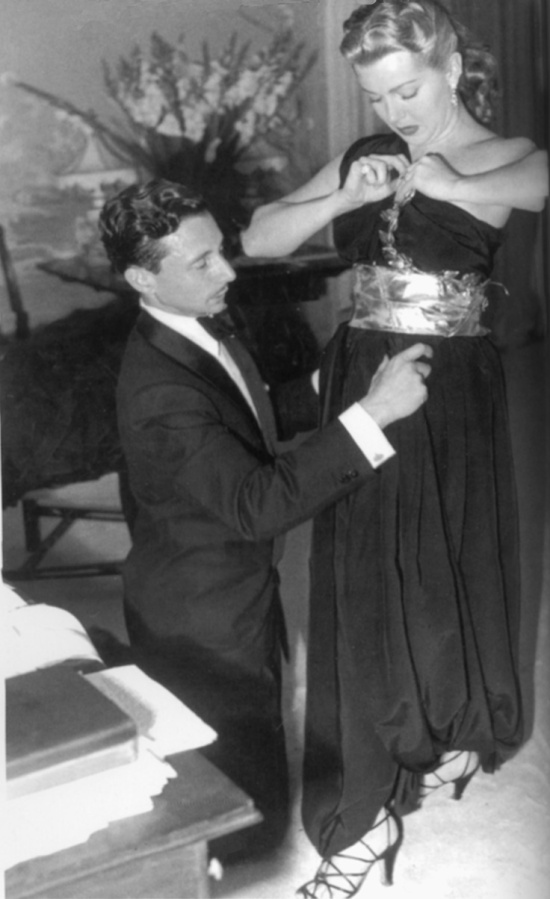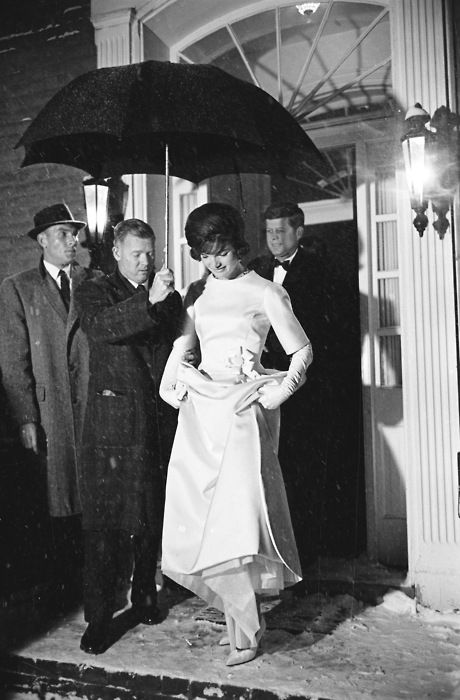Travis Banton (1894 – 1958) was the chief designer at Paramount Pictures. He is considered one of the most important Hollywood costume designers of the 1930s.
An early apprenticeship with a high-society costume dressmaker earned him fame. When Mary Pickford selected one of his dresses for her wedding to Douglas Fairbanks, his reputation was established.
He opened his own dressmaking salon in New York City, and soon was asked to create costumes for the Ziegfeld Follies. In 1924, Travis Banton moved to Hollywood when Paramount contracted with him to create costumes for his first film, The Dressmaker from Paris.
Glamour, understated elegance, and exquisite fabrics endeared Travis Banton to the most celebrated of Hollywood’s beauties and made him one of the most sought-after costume designers of his era.
Because of his alcoholism and reputedly also at the instigation of his subordinate Edith Head, Banton was forced to leave Paramount. He started his own business and also designed for Twentieth Century-Fox from 1939-1941 and Universal from 1945-1948.
Marlene Dietrich in “The Devil is a Woman,” 1935. Costume by Travis Banton via

Marlene Dietrich in “Morocco,” 1930. Costume by Travis Banton via

Marlene Dietrich in “Blonde Venus,” 1932. Photo courtesy of Photofest. Costume by Travis Banton via

Travis Banton, Fay Wray in One sunday Afternoon, 1933 via
Claudette Colbert in “Tonight is Ours” 1933, costume by Travis Banton via

Eleanor Whitney in The Big Broadcast of 1937. Costumes by Travis Banton, 1937 via
Anna May Wong in “Limehouse Blues” 1934, costume by Travis Banton via
Lucille Ball in “Lover Come Back” 1946, costume by Travis Banton via
Carole Lombard in “Rumba”, 1935. Costume by Travis Banton via



